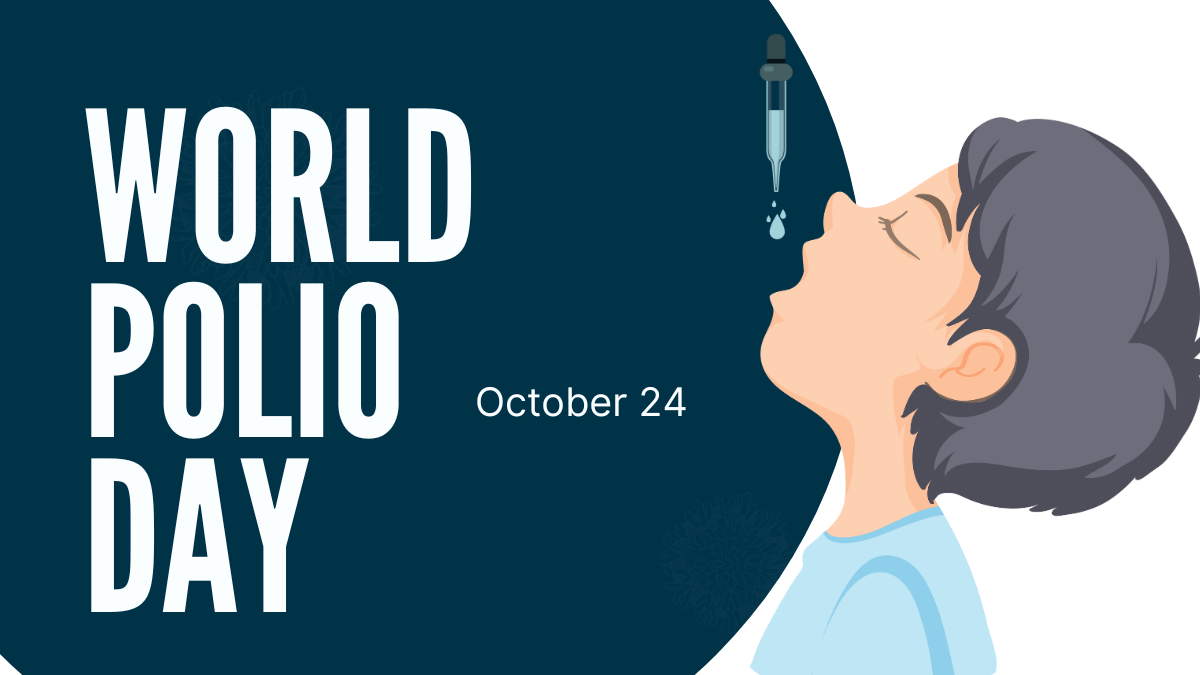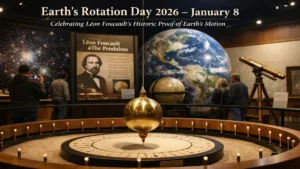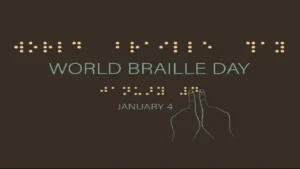World Polio Day is observed annually on October 24 across the globe to raise awareness about the crippling disease, poliomyelitis, or polio. The day underscores global efforts to eradicate the disease and ensure a polio-free world for future generations. Poliovirus, the cause of polio, is a life-threatening virus that can lead to paralysis and, in severe cases, death. There are three types of wild polioviruses: Wild Poliovirus Type 1 (WPV1), Wild Poliovirus Type 2 (WPV2), and Wild Poliovirus Type 3 (WPV3).
The observance emphasizes the importance of continuous vaccination, global cooperation, and surveillance in eradicating the disease, ensuring the virus does not make a resurgence.
History of World Polio Day
World Polio Day was established in 1985 by Rotary International to commemorate the efforts of Dr. Jonas Salk, the lead researcher behind the development of the first successful polio vaccine. Dr. Salk’s vaccine became the cornerstone in the global fight against polio. Following his discovery, the global eradication of polio gained tremendous momentum when Rotary International and the World Health Organization (WHO) formed the Global Polio Eradication Initiative (GPEI) in 1988.
At the time of GPEI’s launch, there were an estimated 350,000 cases of polio worldwide. Since then, the incidence of polio has dropped by over 99%, with significant progress made in regions like America, Europe, Southeast Asia, and the Western Pacific, all of which have been declared polio-free.
Despite these successes, polio is not completely eradicated, and a few countries still face outbreaks of the disease.
Significance of World Polio Day 2024
The significance of World Polio Day lies in its ability to maintain focus on the global fight against polio and mobilize support for continued efforts to eradicate it. It provides an opportunity to:
- Honor the healthcare workers, organizations, and volunteers dedicated to fighting polio.
- Highlight the importance of vaccinations in preventing the resurgence of the poliovirus.
- Raise awareness about the ongoing challenges in eradicating the disease, particularly in countries where it still exists.
- Encourage the public to support and donate to global eradication initiatives like Rotary International’s End Polio Now campaign and the Global Polio Eradication Initiative.
Various organizations around the world, including Rotary International, WHO, and UNICEF, hold events, rallies, and contests to educate the public and advocate for polio prevention.
Polio’s Re-Emergence in Some Countries
Although polio has been eradicated from the majority of the world, there are still challenges in a few countries where it continues to circulate. The disease is primarily found in Pakistan and Afghanistan, which remain the only countries where wild poliovirus still exists.
- Pakistan has reported 16 cases of wild poliovirus as of August 2024.
- Afghanistan reported 14 cases by July 2024.
The re-emergence of vaccine-derived poliovirus (VDPV) is also a concern, with outbreaks recorded in various parts of the world, including Mozambique, Malawi, and the United States. In 2022, the United States reported its first case of type 2 paralysis due to vaccine-derived poliovirus in Rockland County, New York.
The Gaza Strip saw its first polio case this century when a 10-month-old boy was partially paralyzed after contracting the virus in August 2024. This was identified as a vaccine-derived case, indicating that while wild poliovirus may be under control, vaccine-derived strains can still pose a threat, especially in under-vaccinated populations.
Polio Cases in India
India, a country that was once severely affected by polio, was declared polio-free in 2014 after successful vaccination drives and nationwide efforts. The Oral Polio Vaccine (OPV) and the Injectable Polio Vaccine (IPV) are still widely administered to children across the country to prevent the return of the virus. However, a new challenge emerged in 2024, with a vaccine-derived poliovirus (VDPV) case detected in Meghalaya, India. Although this does not signify the return of wild poliovirus, it underscores the need for ongoing surveillance and vaccine coverage to prevent any form of the virus from re-emerging.
Global Cooperation and Continuous Efforts
The fight against polio is a story of global cooperation, with countries, health organizations, and non-governmental organizations (NGOs) working together to overcome the virus. Key to this ongoing battle is:
- Vaccination – Continuous administration of vaccines remains the most effective tool in preventing polio’s spread. Both the oral and injectable polio vaccines play crucial roles.
- Surveillance – Monitoring for signs of polio in communities ensures a swift response to any outbreaks. This is particularly important in regions with limited access to healthcare.
- Response to Outbreaks – Quick and effective response mechanisms are essential to contain any resurgence of the virus, whether from wild poliovirus or vaccine-derived poliovirus.
- Political and Social Commitment – Strong leadership and commitment at the governmental and grassroots levels help ensure the success of polio eradication efforts. Initiatives like GPEI continue to rely on the support of governments, organizations, and local communities.




 Earth's Rotation Day 2026 – January 8: C...
Earth's Rotation Day 2026 – January 8: C...
 World Day of War Orphans: Date, History ...
World Day of War Orphans: Date, History ...
 World Braille Day 2026: Significance, Hi...
World Braille Day 2026: Significance, Hi...







